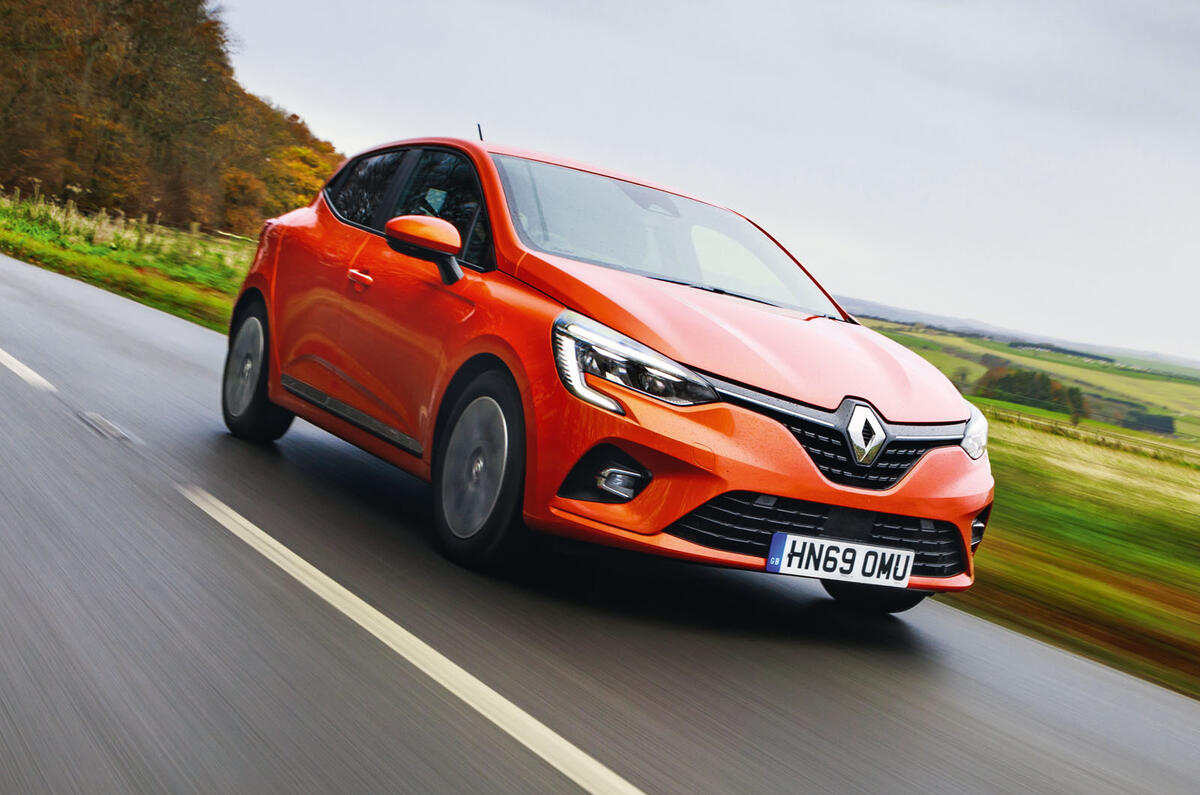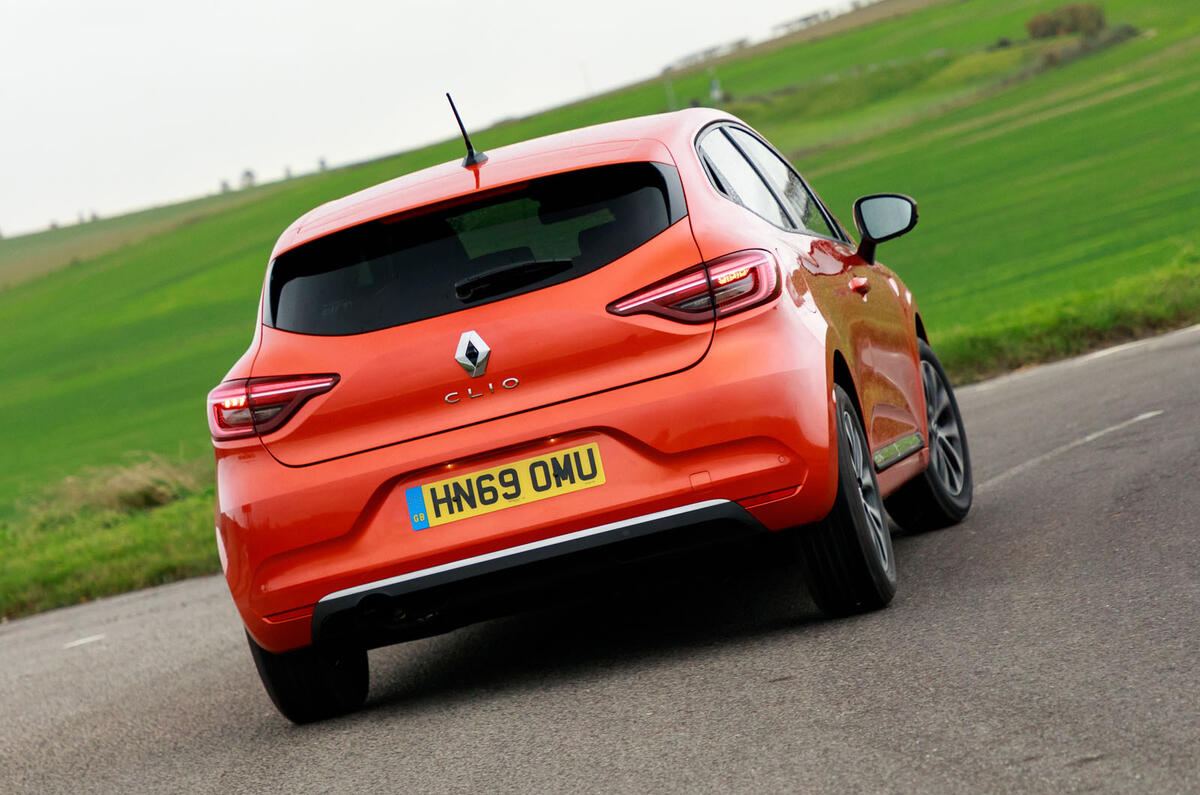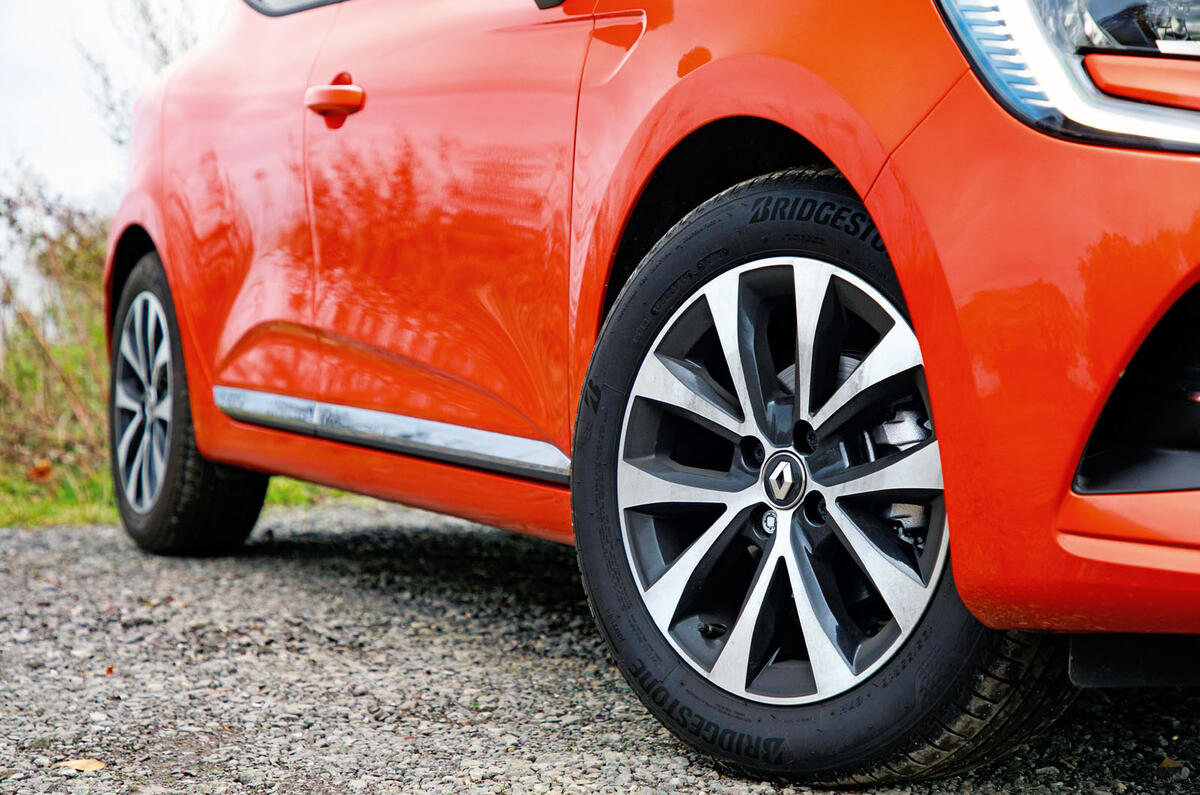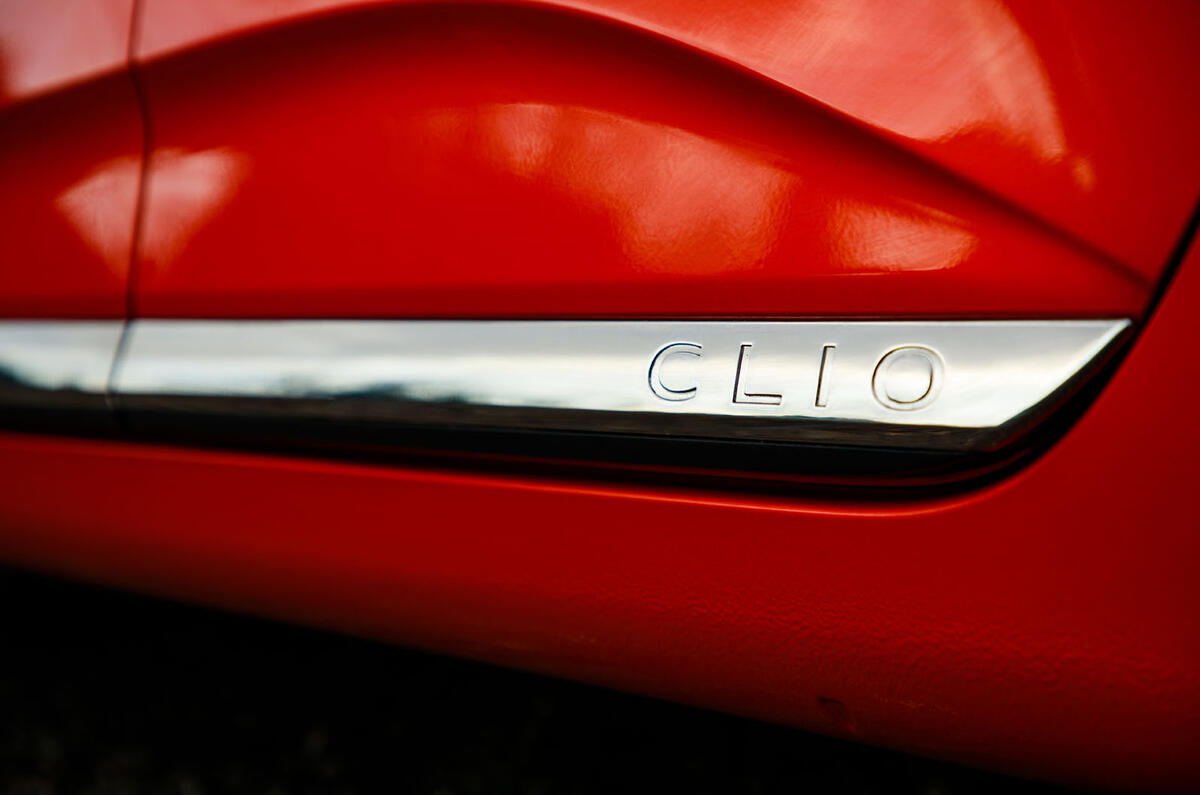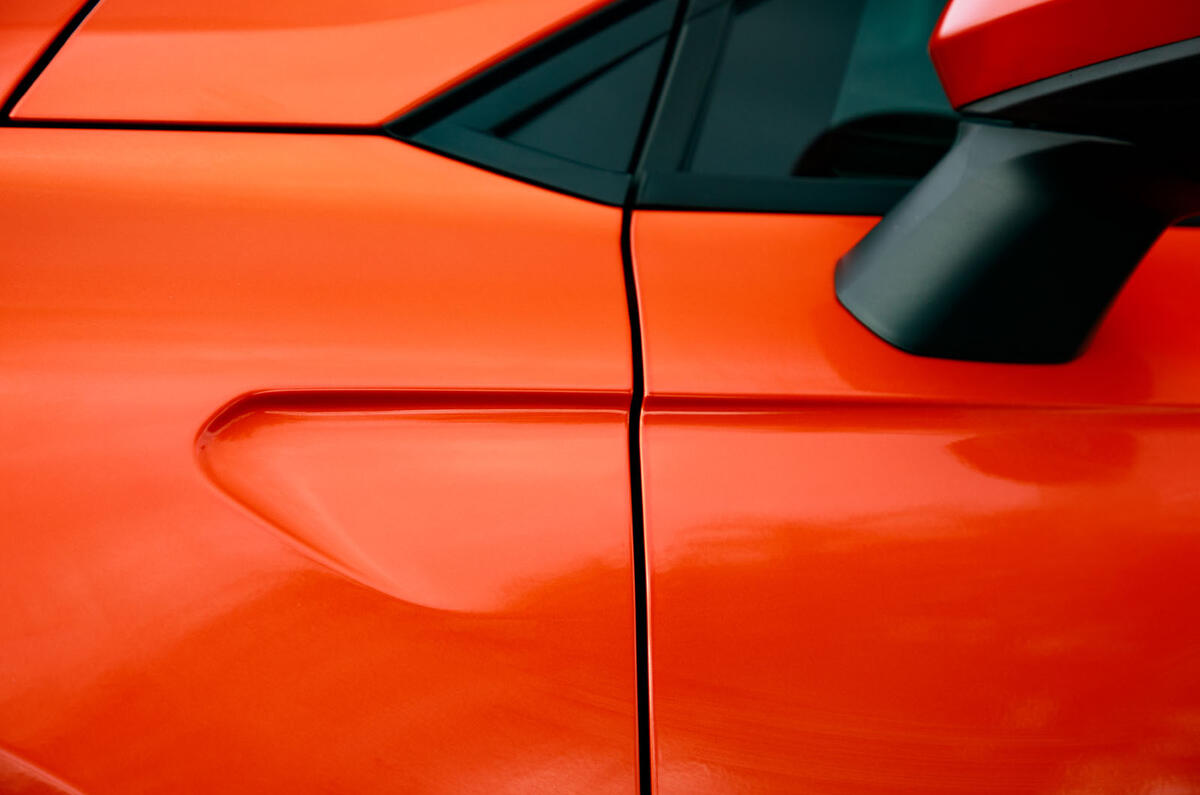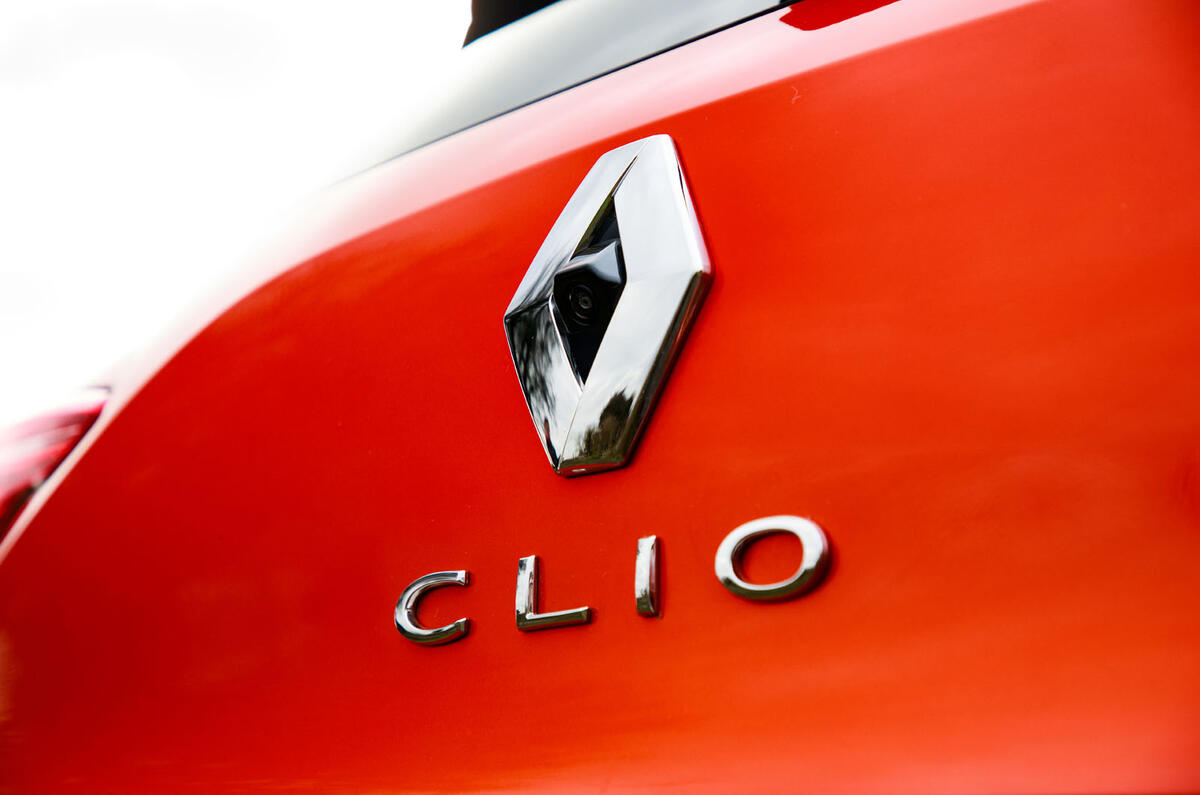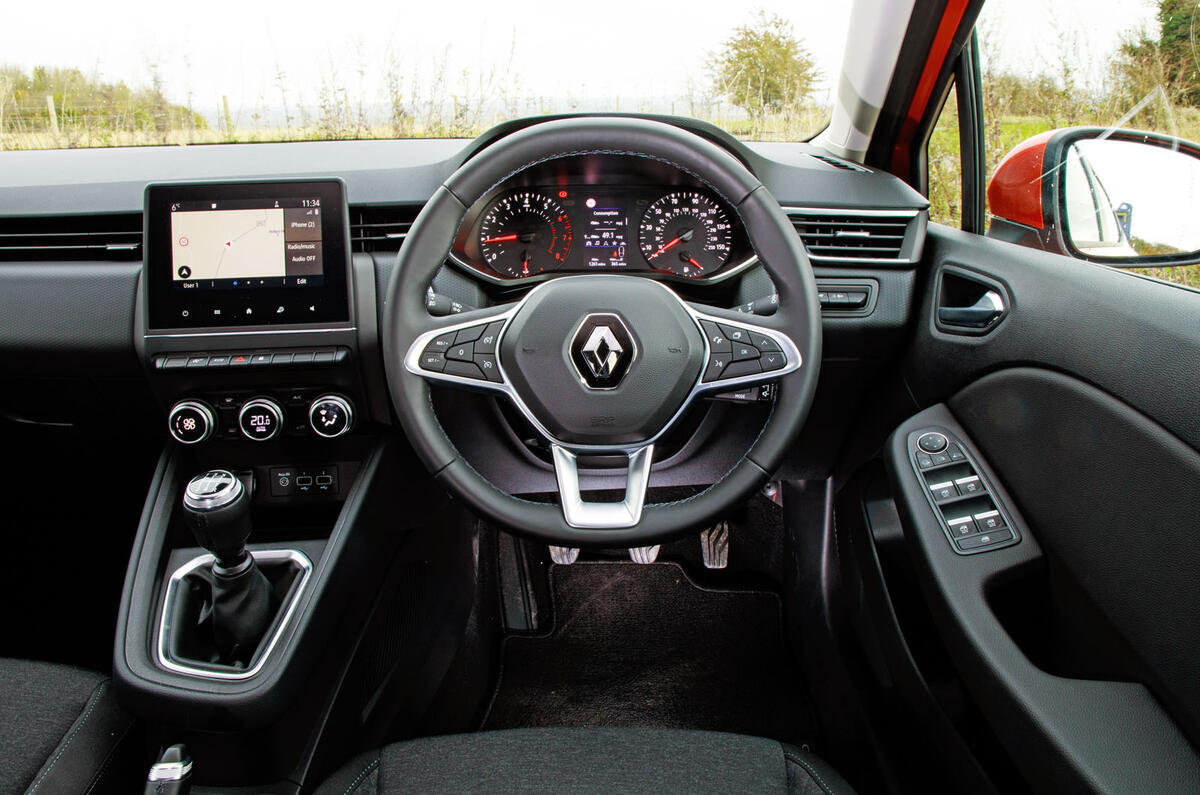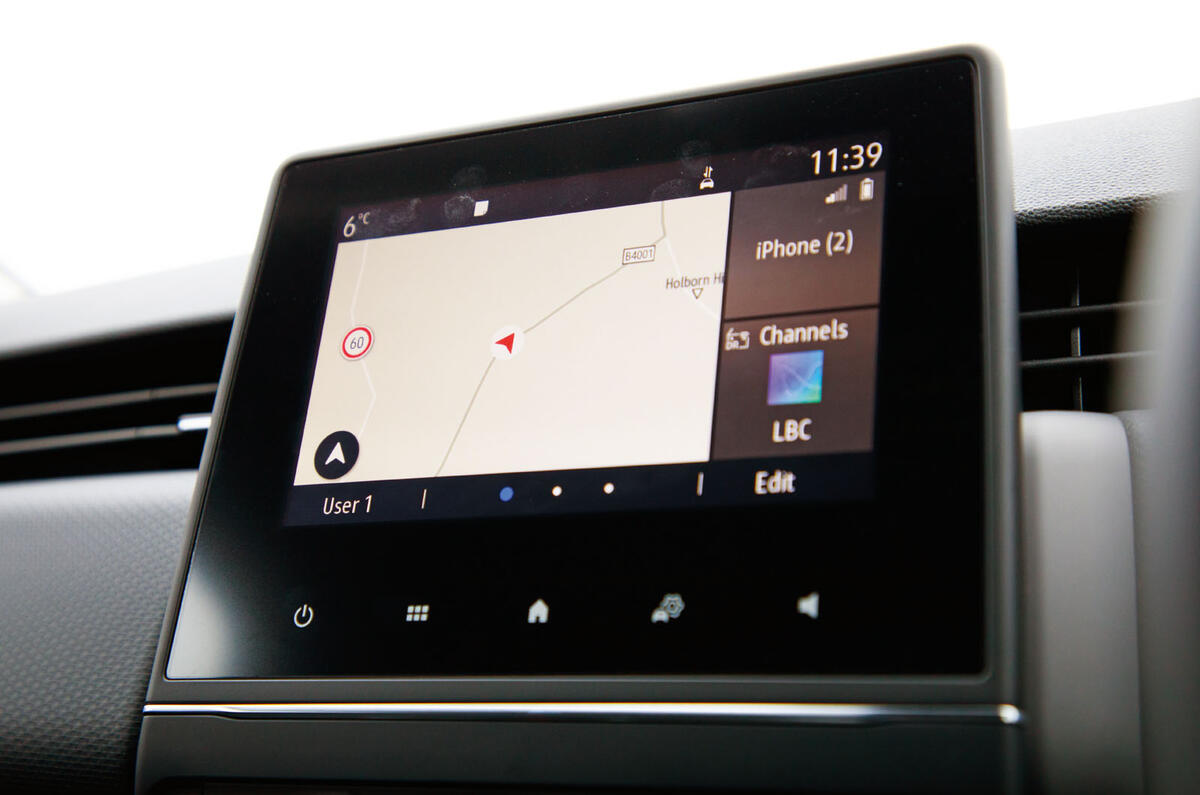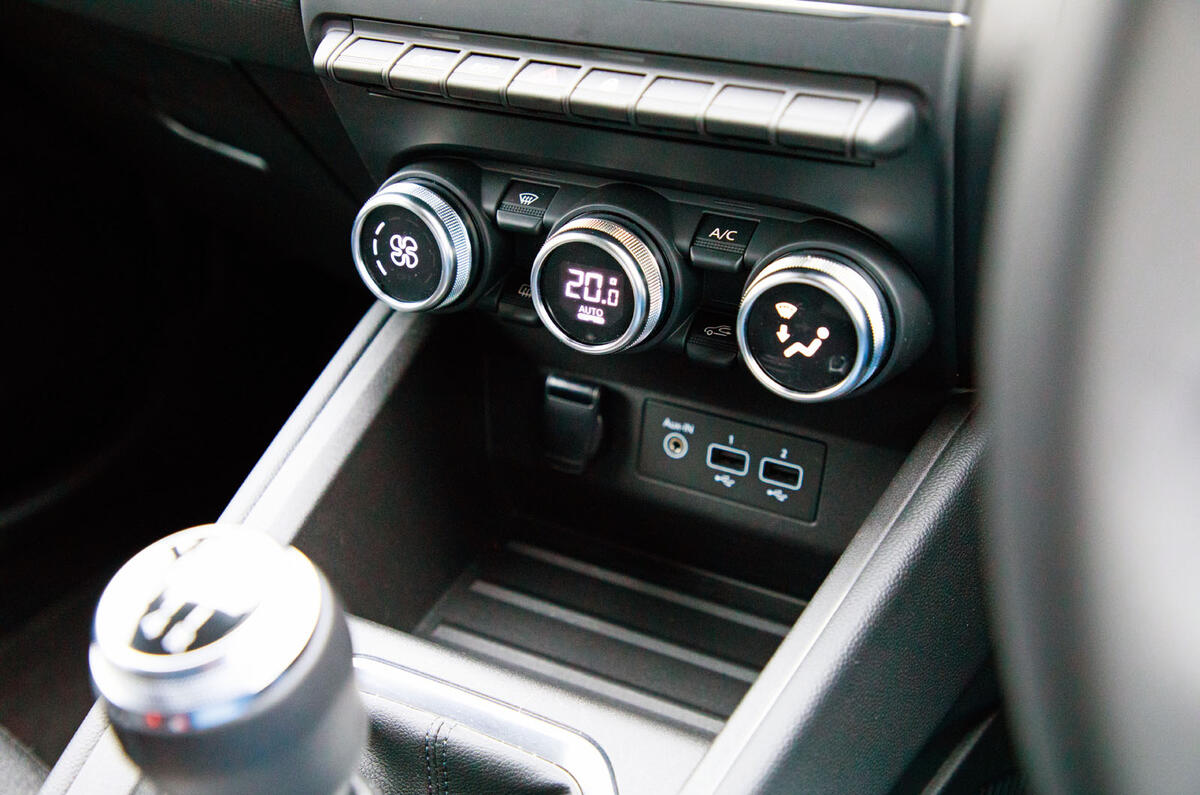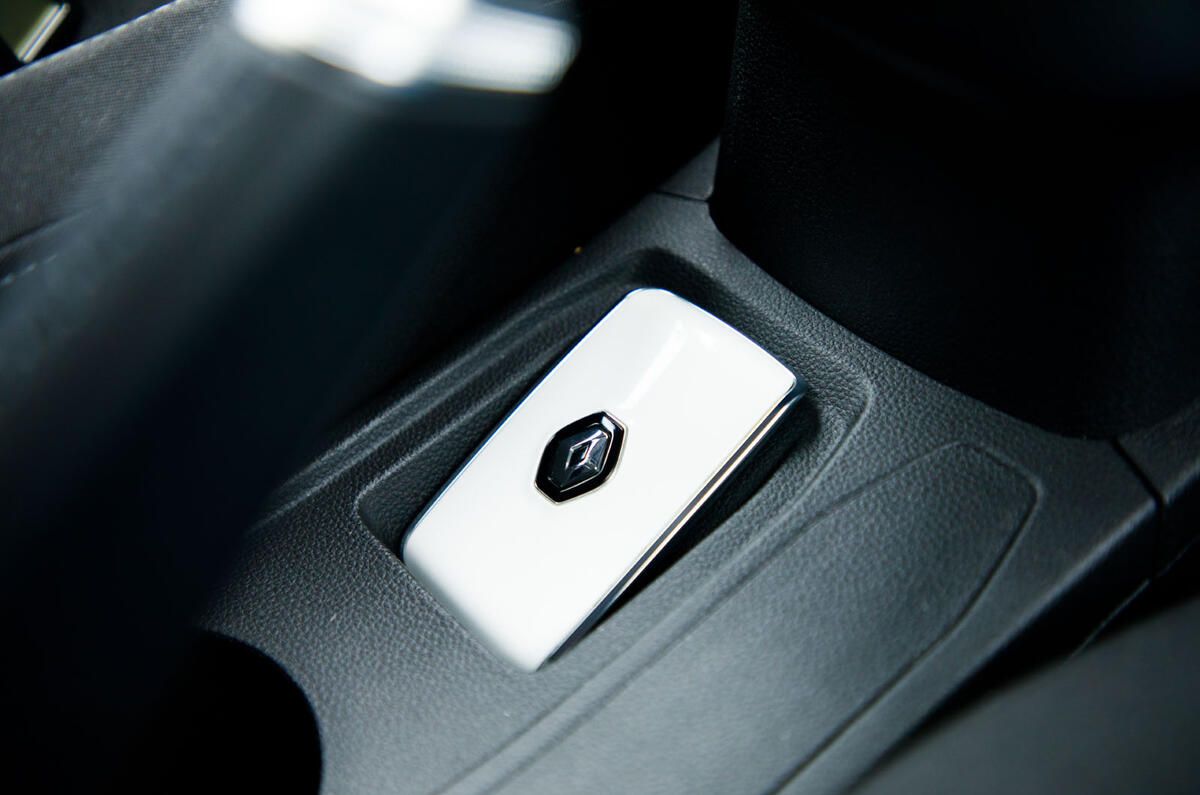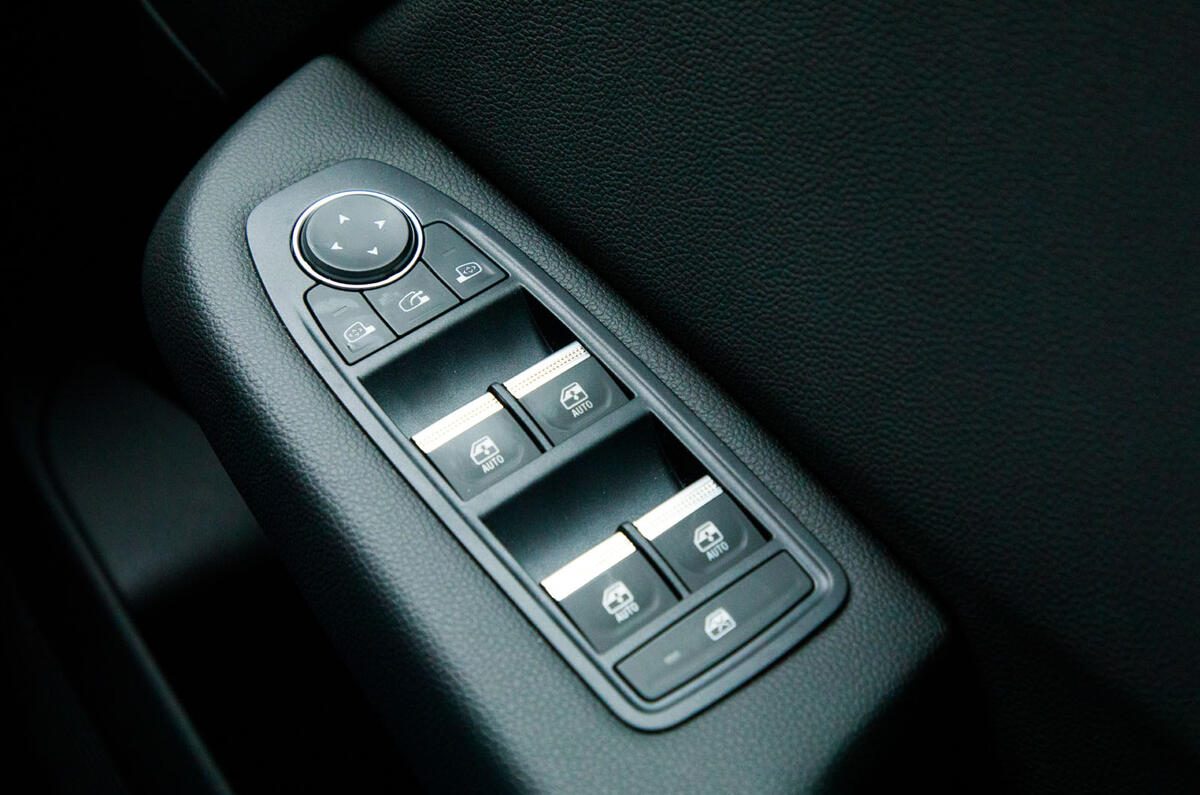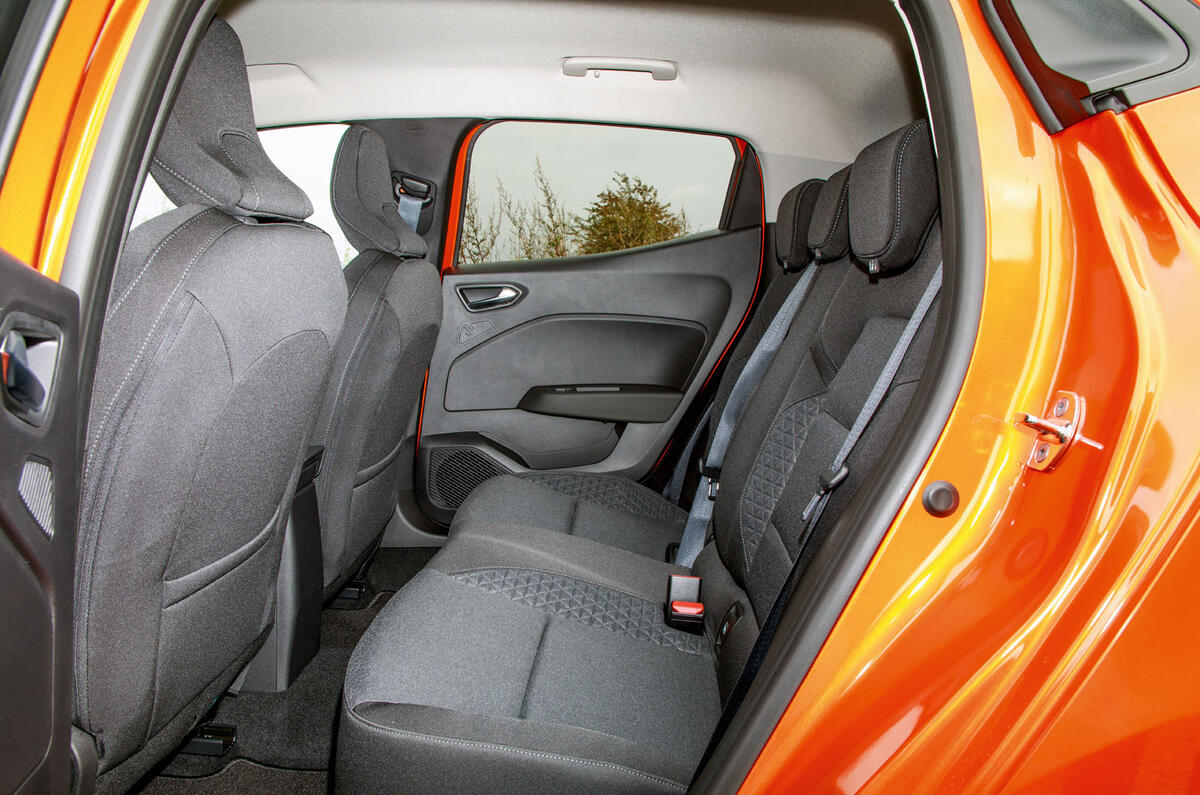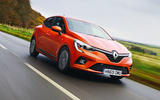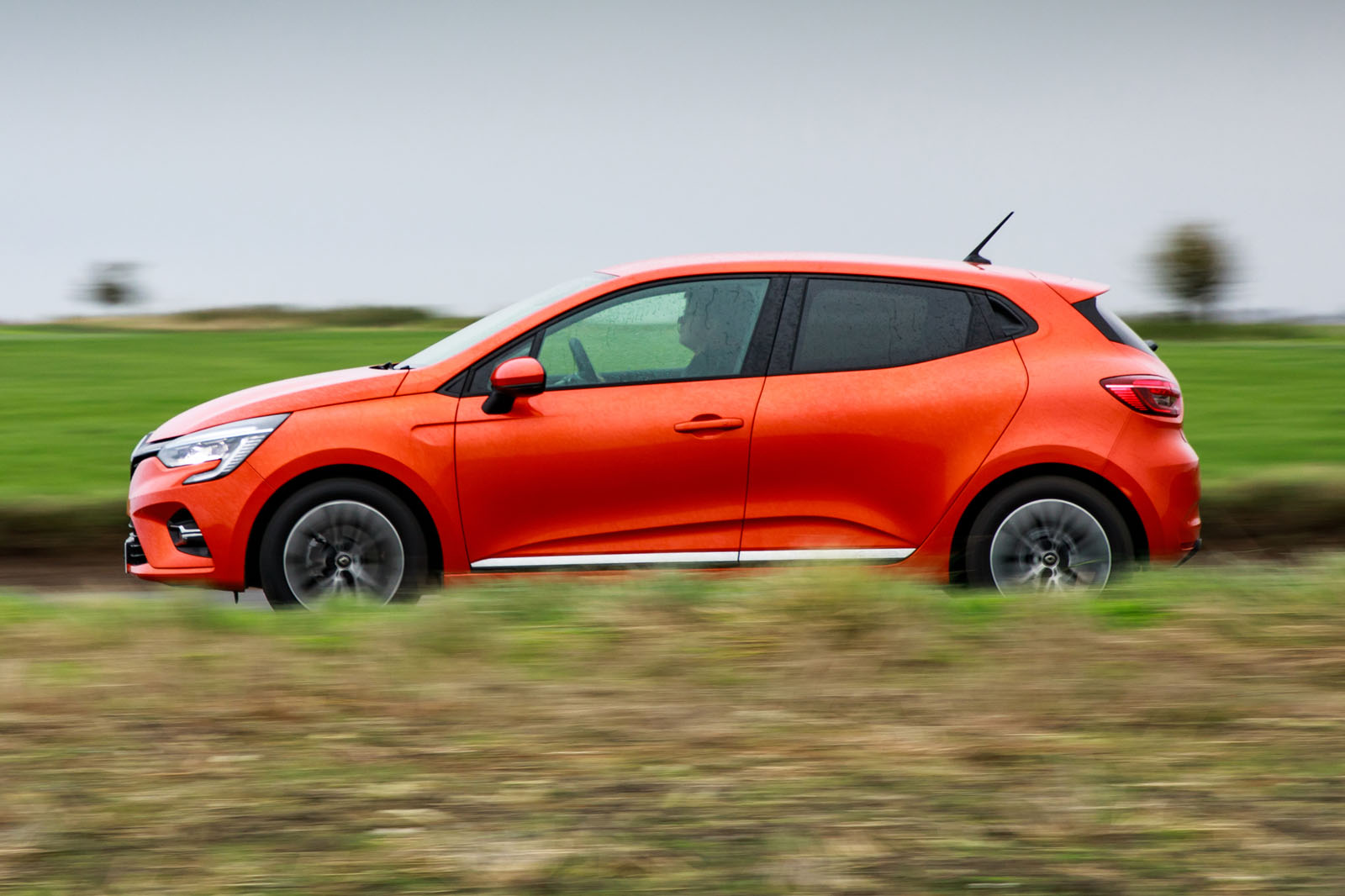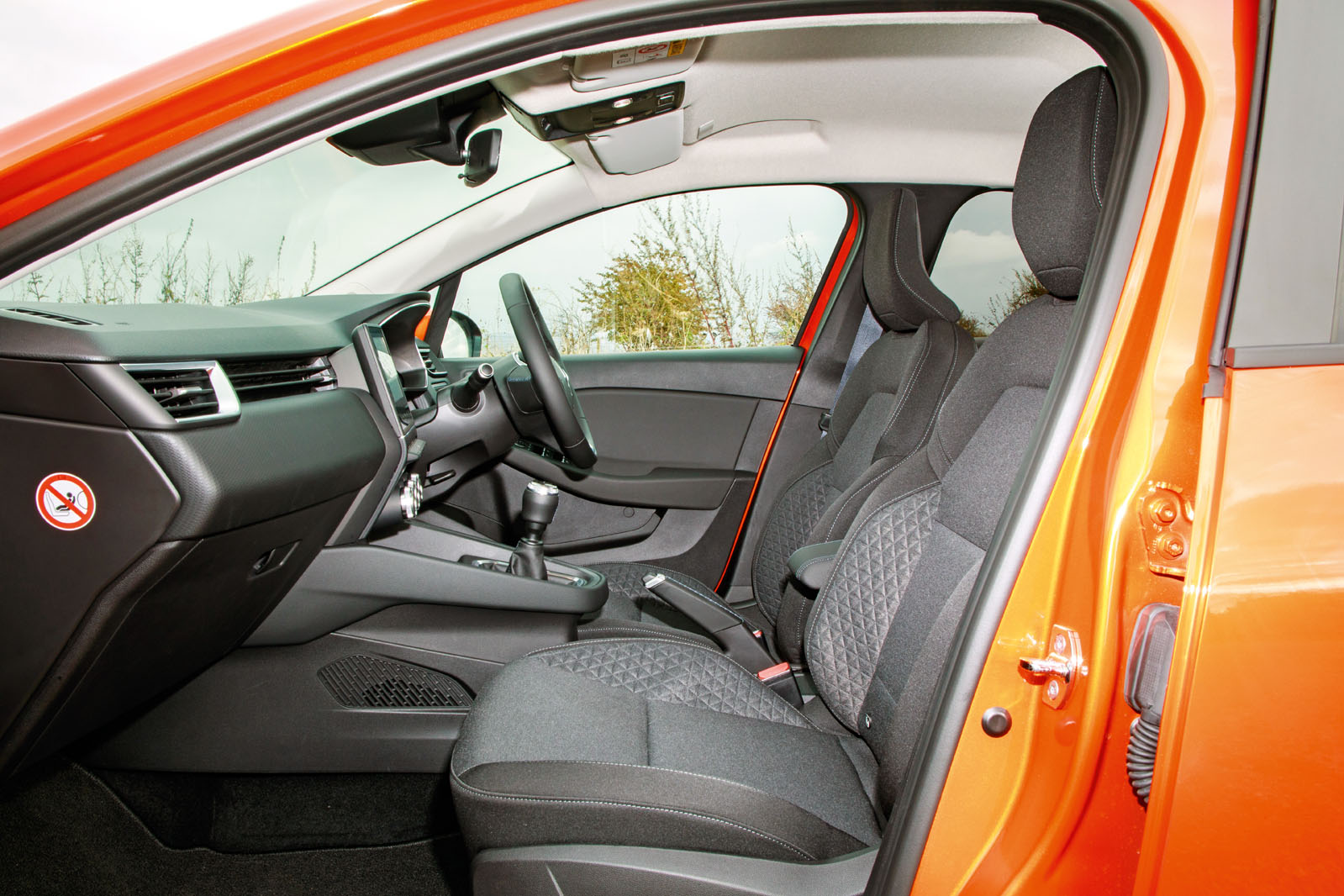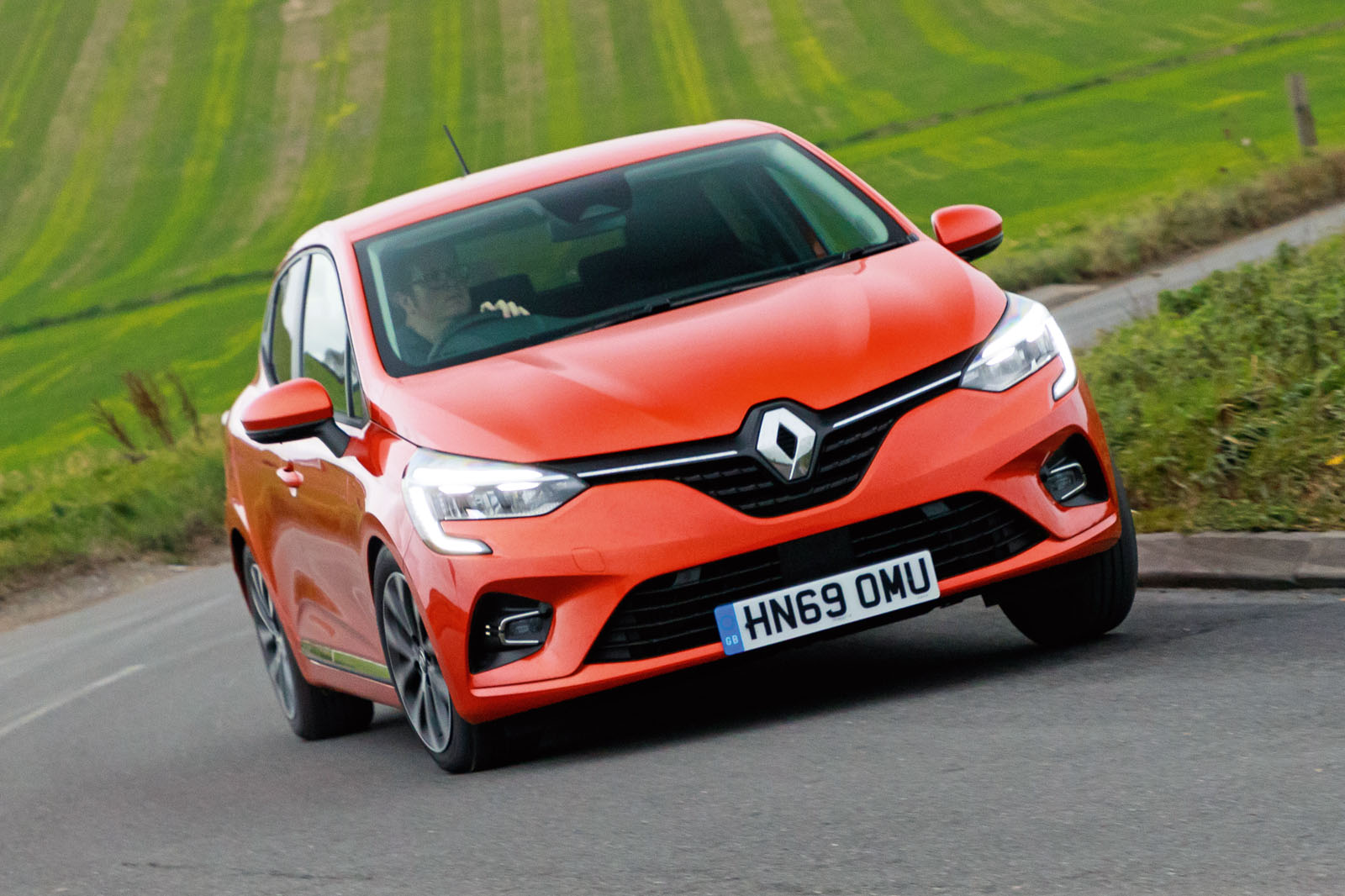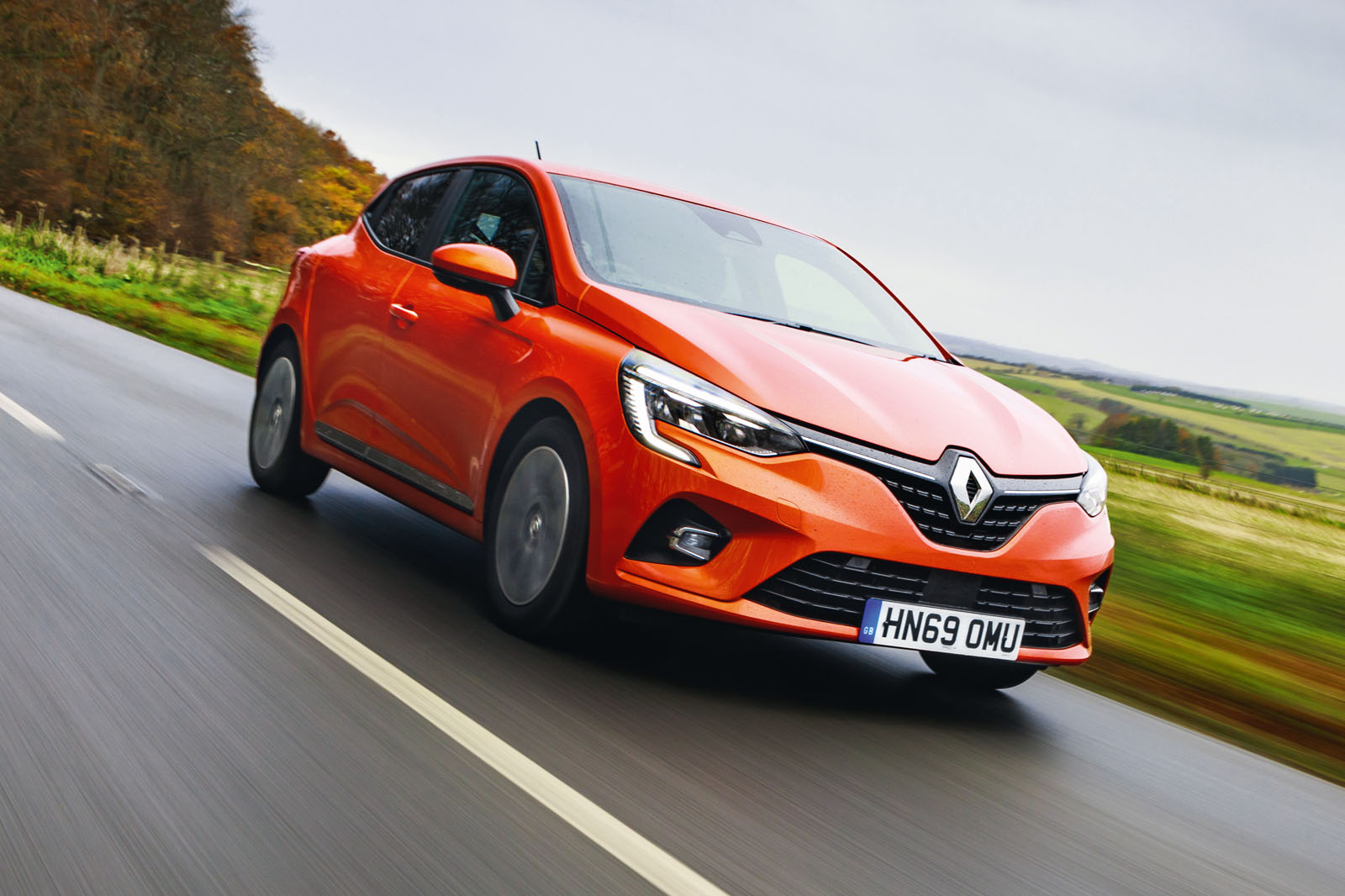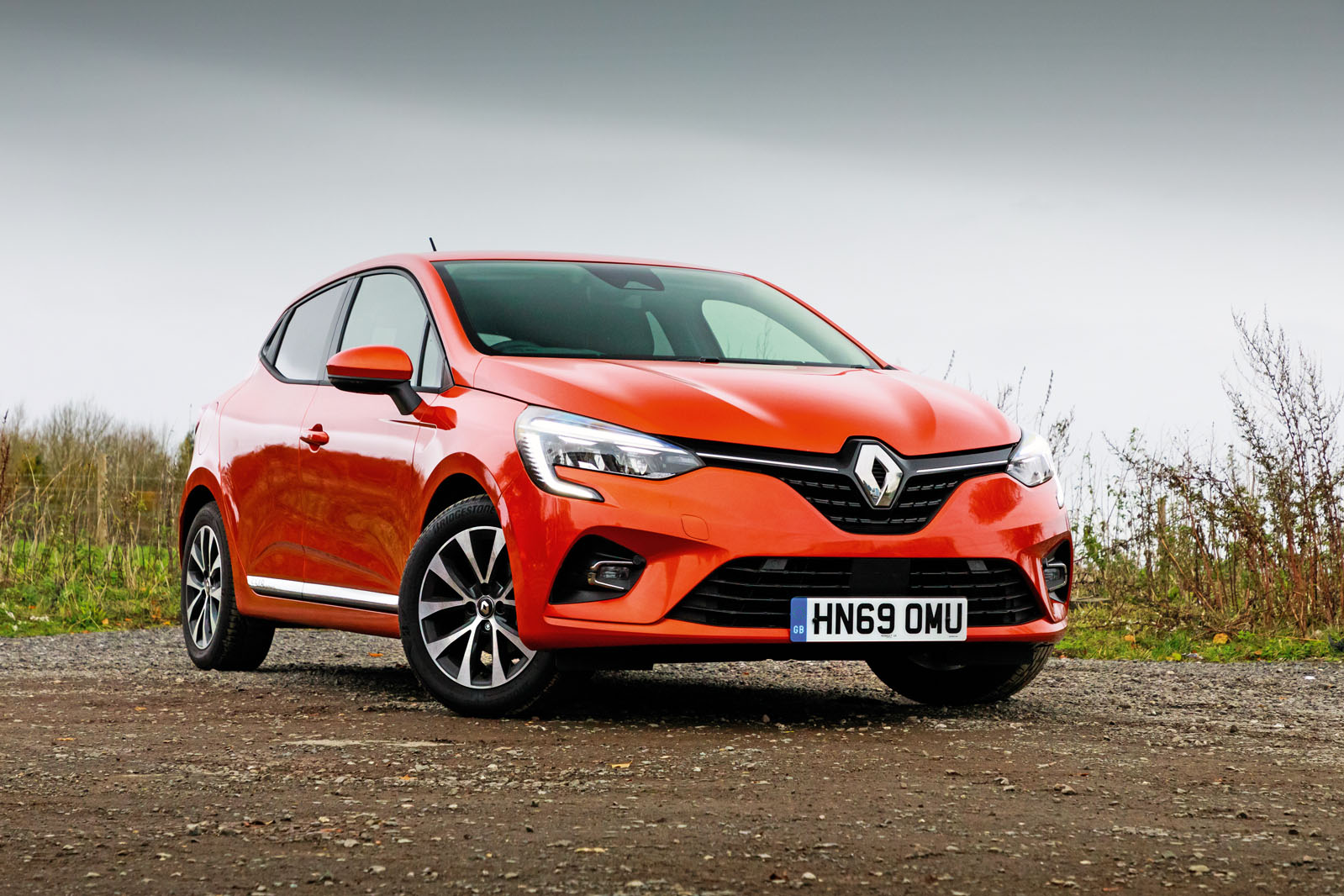The suspension controls pitch and dive every bit as well as roll and so stability under extremes of acceleration and braking is good, and the car remains well within its comfort zone for handling security at outside-lane motorway speeds. In many ways, then, the Clio has become another small car with the dynamic qualities of a bigger one – and although it might have lost some of its old delicacy and fun factor along the way, it has gained plenty that you might more readily appreciate in everyday driving.
In this age of always-on electronic stability control and grip-at-all-costs chassis tuning, mid-range superminis like this Clio gradually seem to go backwards, in some ways, for driver appeal. In other ways, though, and up to the point that most drivers might seek to enjoy them, they’re hugely competent, secure and impressive.
The Clio’s handling over-delivers for steering response and handling agility to begin with. Even on modest 16in wheels and on a damp day on Millbrook’s Hill Route, it turned in more keenly than the old Clio might have and had good body control under extremes of lateral load. Traction was strong enough to use all of the engine’s torque on the way out of bends without troubling the ESP too much and to carry plenty of speed.
When the stability control does intervene, it does so quite forcefully. Even so, the Clio should still feel like one of the more interesting modern hatches in its class to a keen driver.
COMFORT AND ISOLATION
The Mk4 Clio’s unique ability to blend a soft-edged, fluid ride with engaging, entertaining handling proved endearing when we road tested it in 2013. However, in its metamorphosis to Mk5 form, some of that easy-going ride quality has been lost in pursuit of a more mature gait.
Firmer spring and damper rates and a harder-working anti-roll bar make for tauter vertical body control and a slightly more assertive primary ride on undulating roads that, at speed and when given plenty to do, certainly approaches a sense of tetchy brittleness. It also translates to a degree of awkwardness at low speed.
There’s a tendency for sharper ruts and edges to make their presence felt more than they probably should but still enough sophistication about the manner in which the dampers are tuned to ensure the secondary ride remains agreeable the rest of the time. For some, the loss of some of the idiosyncratic soft-edged ‘Frenchness’ that has distinguished so many Gallic superminis over recent decades might come as a letdown.
But although the Clio no longer quite lives up to the standard of, say, a Volkswagen Polo in its ability to confidently round off all but the sharpest surface impacts, it nonetheless remains a comfier car than most of its competitors.
Cabin isolation is impressive, although not quite flawless. Even with only five ratios to rely on, the 1.0-litre engine is hushed enough at motorway speeds so as not to become tiresome, while wind noise is kept well under control – and only road roar is occasionally allowed to distract your aural attention. At a 70mph cruise, our microphone recorded cabin noise at 67dB, versus 66dB for the 1.0-litre Polo we road tested last year and 70dB for the 1.0-litre Ford Fiesta from 2017.


